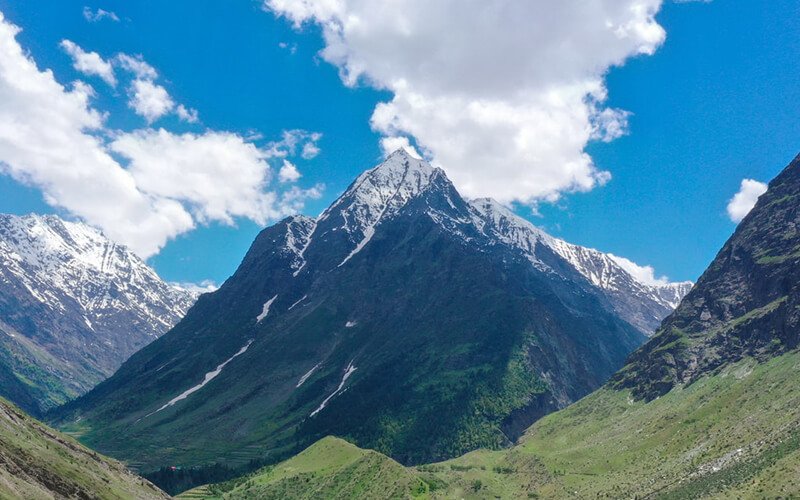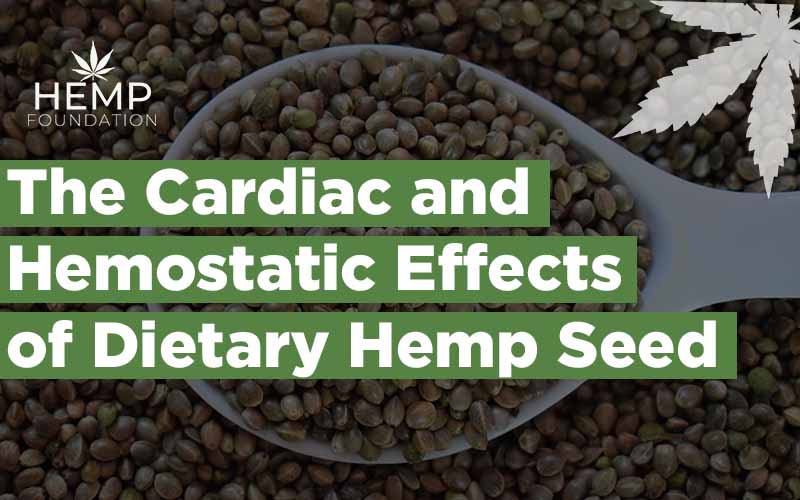How Hemp Can Save Himalayas From Garbage Menace
What? Are the Himalayas really becoming a garbage dump? Is the government not doing much to save the Himalayas from garbage dumping at an industrial scale? Unfortunately, the answers to these are not what you’d want them to me. Read on.
Mount Everest. The highest peak in the world. Glistening white snow, a cobalt blue sky and a feeling of exhilaration should be the natural elements in that region. It must be for these that the number of aspirants seeking to do an Everest summit has been steadily increasing over the years.
Climbing the Everest happens on the Nepal side of the peak. In the local language, the Everest region is known as the Khumbu region. It is one of the main Sherpa settlements in the area and houses the spectacular Khumbu glacier, the highest in the world.
With its lower end at 4,900 meters (16,100 feet), the source of the Khumbu glacier is at an altitude of 7,600 meters (24,900 feet). As one of the base camps for Mount Everest, the Khumbu glacier has recently been in the news for all the wrong reasons.
Below is a picture to demonstrate why. Clicked by Daniel Byers of the Mountain Expedition Institute in 2011, this photograph demonstrates exactly how human activities are turning the serene heights of the Himalayas into a garbage dump.
Source: theguardian
Plastic Footprint in the Himalayas
There are enough studies in the world to demonstrate how plastic pollution is endangering planet earth even in areas with no human habitation. With the Himalayas both on the Indian and Nepal sides inviting trekkers from across the globe, the plastic footprint on its majestic heights has emerged as one of the most critical areas of concern.
A 2014 report in the Times of India mentions that non-biodegradable waste, largely comprising of single-use plastic, had risen from 16.9% of the total waste in 2005 to 34.8% in 2014 in the Kullu region of Himachal Pradesh, India.
In the Valley of Flowers region in Uttarakhand, India, another popular trekking destination, the plastic percentage of the total waste stood at 84.5% in 2014. Both these Himalayan states have a plastic ban in place, incidentally.
Also, trekkers are supposed to carry all their garbage down with them, which clearly does not happen. Even supposing every trekking party is conscientious about leaving no plastic footprint behind, the problem does not really get solved.
Trekkers would bring the plastic waste down to the small towns at the foothills of the Himalayas. These townships hardly have the kind of recycling facility necessary to deal with the volume of waste generated.
The result – Himalayas are transforming into a wastebasket, and it’s time to save the Himalayas from garbage to retain its domineering beauty.
What Happens if the Himalayas are a Garbage Dump?
The majestic beauty of this great range of mountains would be marred forever, for one. The sheer incongruity of mounds of mineral bottles, beer cans, and a variety of single-use plastic packets left behind a serene mountain lake is enough to raise concerns. However, there is a lot more at stake.
Non-biodegradable plastic waste high on the mountains traps heat and raises the temperature above normal. Burning plastic waste to get rid of them, an oft-practiced norm in the Himalayan villages is equally dangerous. Burning plastic is an environmental hazard anywhere. The harmful effects get multiplied several times at higher altitudes because of the lessened oxygen levels.
Rising temperatures high up in the mountains pose the threat of melting glaciers and ice, causing flash floods. It is relevant in this context to mention the flash floods in 2013 in Uttarakhand, India, which killed thousands and destroyed infrastructure and property yet to be fully quantified.
Heavy rainfall estimated to be 375% higher than during an average monsoon caused the Chorabari glacier lake to collapse. A torrent of water hurtled down, bursting through the garbage dam that surrounded the lake. Ecologists are still studying the impact of rising temperatures in the region as a possible factor behind the unusual cloudburst that lasted for several days.
Mother Nature has a Solution to Save Himalayas from Garbage
Human beings had known a natural solution to this danger of fossil fuel-based plastic use. For centuries, human beings had cultivated the hemp plant, also known as industrial hemp, for its various uses. One such use of this versatile plant is hemp bioplastic.
There are naysayers enough to immediately point out that commercial production and large-scale use of hemp bioplastic is not a feasible solution. That is certainly true as of now, but the reasons for that lie in an act of human folly. State powers across the globe banned hemp cultivation and the use of hemp-based products in the late 20th century.
A plant in human use for its ease of growing and versatility went out of use just like that, for the decision-makers mistakenly identified the hemp with its cannabis cousin.
It is a fact that both hemp and cannabis belong to the same plant species: Cannabis Sativa. But significant differences in the chemical composition of these plant cousins give one a psychoactive capacity absent in the other.
Cannabis contains high concentrations of a psychoactive chemical called tetrahydrocannabinol (THC). This is what enables cannabis to produce “the high” in human beings. The presence of THC in the hemp is limited to about 0.3%, which implies that this plant does not have the psychoactive capacity of its plant cousin.
Overlooking this crucial difference has already caused enough harm in a variety of ways. The loss of focus on the mass production of hemp bioplastic is one of them. However, this non-toxic and 100% biodegradable plastic offers a clear solution to the surmounting problem of plastic pollution.
Hemp bioplastic is also lighter and stronger than conventional plastic. One more critical fact is that hemp is an easily renewable resource, unlike the petrochemicals that conventional plastic uses.
The 21st century has thankfully witnessed the beginnings of a corrective measure towards reversing the ban on hemp production in certain countries of the world. The USA, for example, legalized the cultivation of hemp and the manufacture of hemp-based products across the country through the Agriculture Improvement Act of 2018.
The more popular name for this Act is Farm Bill 2018. This Act has also legalized the export and import of hemp and hemp products throughout the US.
The growth of mass-scale production and promotion of hemp bioplastic can certainly save the Himalayas from turning into a plastic dump. It can achieve much further in saving the planet as a whole.
The Himalayas as a Natural Habitat of Hemp
Source: britannica
The Indian government has also recently legalized the production of hemp in the northern state of Uttarakhand. This state at the foothills of the soaring Himalayas is a natural habitat for hemp cultivation.
Hemp is an easy-to-grow annual plant that farmers over many centuries had used for soil conservation. Cultivating hemp in between other major crops had been a practice in many parts of the world. Cultivating the hemp in Uttarakhand has considerable economic significance also.
This Indian state nestled in the foothills of the Himalayas is not suitable for the cultivation of many crops. But hemp grows here naturally. Inherently resistant to pests, hemp needs no pesticides and virtually no extra irrigation with the natural rainfall of Uttarakhand being sufficient for the plant.
Hemp grown in the Himalayan region is also organically rich since the plants can soak the minerals from the mineral-rich soil of the region. The Himalayas, thus, offer a natural solution to the danger of the majestic mountains becoming a garbage dump.
Grow hemp in the Himalayas and help one of the most enchanting mountain ranges of the globe regain its pristine glory. That’s one of the most sustainable ways to save the Himalayas from the garbage.
Sources:
https://www.ers.usda.gov/agriculture-improvement-act-of-2018-highlights-and-implications/




